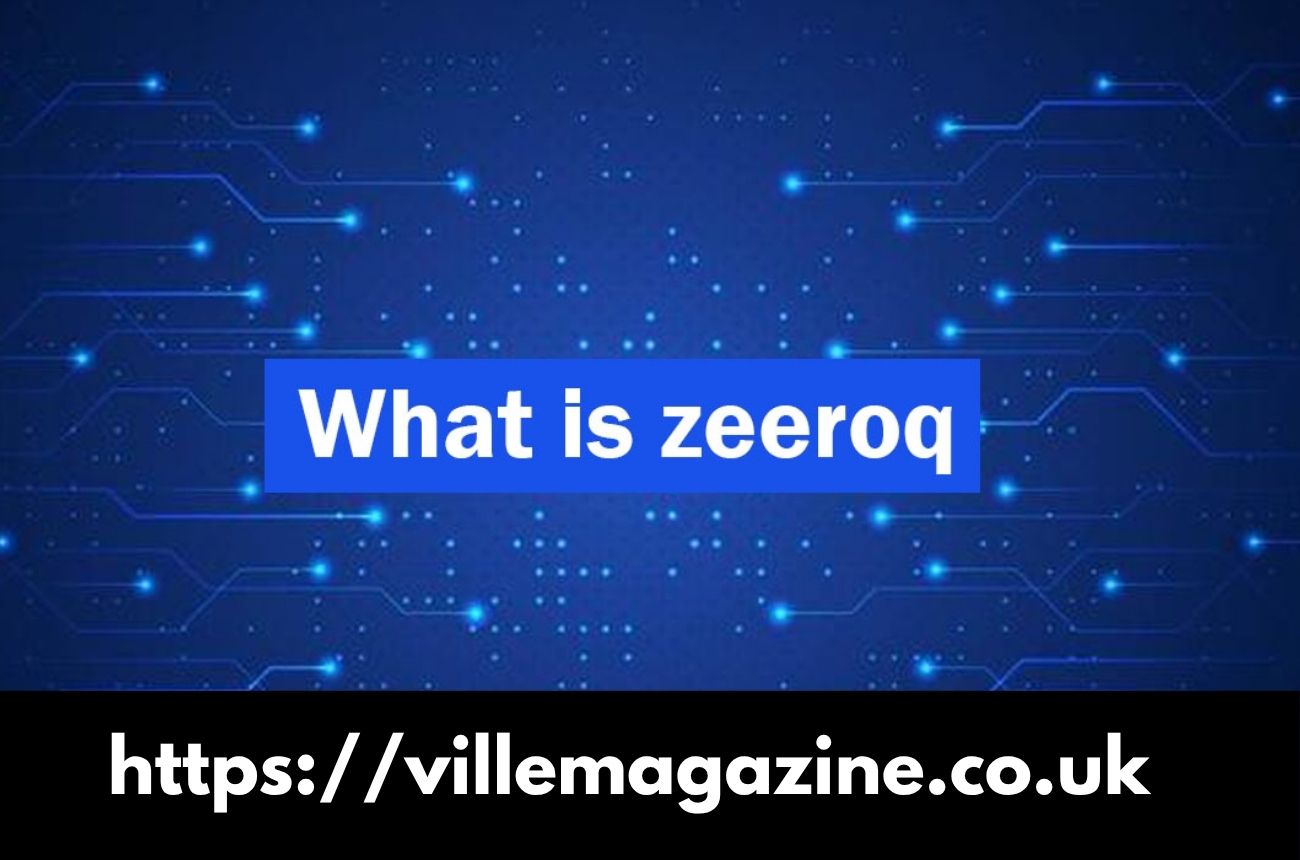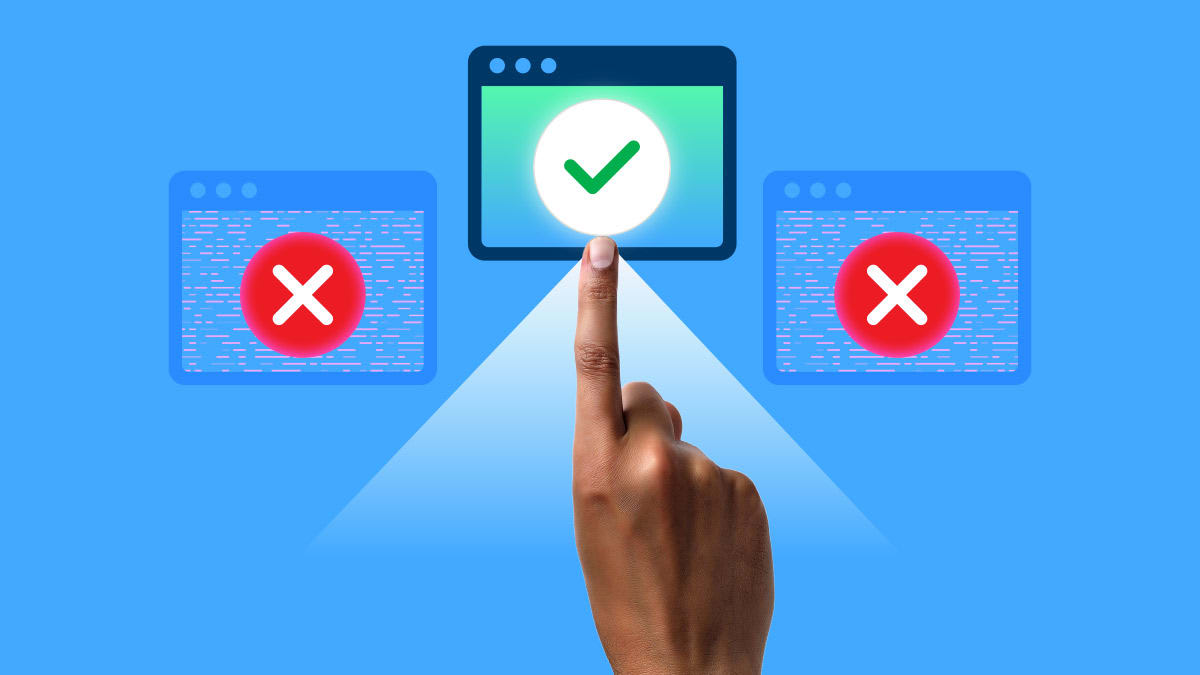Blog
After Zeeroq Exposure — Steps to Protect Yourself

In recent months, the name Zeeroq has shot into public awareness—not because many people used it directly, but because of alarming reports that massive volumes of personal data appeared under that domain in what looks like a major data aggregation or leak event. Although much remains unclear about Zeeroq’s true nature, the exposure has triggered concern among security researchers, individuals whose info may have been included, and privacy advocates. In this article, we’ll walk through what is currently known about Zeeroq, how the exposure likely occurred, and most importantly, detailed steps you can take right now to protect yourself.
What is Zeeroq?
“Zeeroq” appears not as a typical consumer service or known platform, but more like a domain or endpoint where “combo lists” (collections of leaked credentials from many sources) were hosted, aggregated, or shared. Many people receiving alerts had never interacted with Zeeroq directly. This suggests Zeeroq may have functioned as a repository or summation point for data already breached elsewhere. Some security analysts believe Zeeroq’s domain was effectively a mirror or container for leaked data rather than the origin of new intrusion.
Timeline & Discovery of the Exposure
The Zeeroq exposure surfaced publicly in 2024, but traces of its activity go back earlier. Some reports indicate that in 2019, a subdomain demo.zeeroq.com exposed combolists containing tens or even hundreds of millions of email/password pairs. In early 2024, monitoring services and dark-web researchers began surfacing alerts that “Zeeroq” appeared in breach databases or dark-web indexes. Later, the larger “Mother of All Breaches” (MOAB) leak, which aggregated data from many prior incidents, reportedly included Zeeroq-tagged entries, amplifying the scope of concern. (The MOAB leak is believed to contain over 26 billion records.)
What Data May Be Affected
Because Zeeroq likely served as a nexus for already-leaked data, the types of exposed information vary greatly. The most consistent items include:
-
Email addresses
-
Account passwords (often older or reused passwords)
-
Usernames or login identifiers
-
Occasionally personal identifiers such as full names, dates of birth, phone numbers
-
In rarer instances, financial or payment data tied to accounts
Because the origin is diffuse, which data of yours is exposed depends on whether any of your accounts appeared in earlier breaches that were later aggregated into Zeeroq.
Why Did So Many People Get Alerts?
One puzzling aspect is that many people received warnings about Zeeroq despite never visiting or registering with it. The reason is that data brokers and dark-web services matched email addresses across breach indexes, and when they saw “Zeeroq” references in aggregated datasets, they flagged those accounts. In effect, your email may appear in a Zeeroq index even though the original breach happened at a different site you used years ago.
The Risks You Face After Exposure
If your data was included in Zeeroq (directly or via aggregated lists), you risk:
-
Credential stuffing attacks — attackers try your leaked password on other sites.
-
Phishing and social engineering — they may use personal details to craft believable fraud messages.
-
Identity theft or impersonation — in case your name, DOB, or contact info is included.
-
Account takeover — especially if some of your accounts shared passwords.
-
Financial fraud — if payment or banking data was indirectly exposed or combined with other leaks.
The danger is not immediate for all, but the exposure increases your attack surface.
First Steps Immediately After You Learn You’re Exposed

-
Don’t panic, but act promptly.
-
Change the affected password — choose a strong, unique password you have never used before.
-
If you used that password elsewhere, change those too — many attacks rely on reuse of credentials.
-
Enable Two-Factor Authentication (2FA) on all key accounts (email, financial accounts, social media).
-
Check breach databases (like Have I Been Pwned or dark-web monitoring tools) to see where your address appears.
Strengthening Password Strategy
A good password strategy is your frontline defense. Use a password manager to generate long, random, unique passwords for each site. This way, even if one account was leaked, attackers can’t reuse that credential elsewhere. Periodically rotate critical account passwords (e.g. every 6–12 months) and avoid weak patterns or dictionary words.
Monitor Your Accounts and Credit Activity
After exposure, vigilance is essential:
-
Check your bank and credit card statements for unauthorized transactions.
-
Set up alerts at your financial institutions (SMS or email) for large or unusual activity.
-
Regularly review your credit report, looking for new accounts or loans you didn’t open.
-
If available in your country, consider placing a credit freeze or lock, which prevents new credit applications without your approval.
Watch for Phishing & Social Engineering
Expect an uptick in phishing emails or texts that appear customized, referencing your name, or pretending to come from your bank or other services. Always verify the sender, avoid clicking untrusted links, and navigate to the real site manually. Never share passwords, OTP codes, or sensitive info by email or text.
Removing Your Data from Brokers & Search Indexes
Although you cannot fully erase what’s already leaked, you can take steps to minimize further spread:
-
File data removal requests with data broker platforms or public index sites.
-
Use services that scan the dark web and notify you if your info reappears (dark-web monitoring).
-
Periodically search your own name, email, or phone number online to see where it’s listed, then request removal or suppression.
Legal and Class Action Considerations
In some regions, data breach laws allow affected individuals to join class action lawsuits or compensation claims if negligence is proven. As of now, there is no widely confirmed open class action specific to Zeeroq or the MOAB breach, but legal landscapes evolve. Keep track of news from privacy litigation forums or consumer protection agencies in your country to see if claims emerge that you can join.
Long-Term Digital Hygiene & Prevention
-
Use multi-layered security — e.g. combine strong passwords, 2FA, hardware keys, secure backup codes.
-
Keep software up to date, including your OS, browser, and security tools.
-
Segment critical accounts (use a separate email or device for banking vs general signups).
-
Be skeptical: treat unexpected emails or requests cautiously.
-
Educate yourself about evolving threats (e.g. credential stuffing, AI-powered phishing).
Conclusion
The Zeeroq exposure underscores how deeply interconnected and aggregated data breaches have become. Even if the original breach didn’t target you directly, your email or credentials may have been swept into an index like Zeeroq. But exposure is not inevitability: by acting swiftly—changing credentials, enabling 2FA, monitoring accounts, and staying vigilant—you can significantly reduce risk and reclaim control over your digital identity. In the digital era, proactive protection is not optional — it’s essential.
-

 Celebrity5 months ago
Celebrity5 months agoChristina Erika Carandini Lee: A Life of Grace, Heritage, and Privacy
-

 Celebrity5 months ago
Celebrity5 months agoTrey Kulley Majors: The Untold Story of Lee Majors’ Son
-

 Celebrity5 months ago
Celebrity5 months agoJamie White-Welling: Bio, Career, and Hollywood Connection Life with Tom Welling
-

 Celebrity4 months ago
Celebrity4 months agoNick Schmit? The Man Behind Jonathan Capehart Success

















